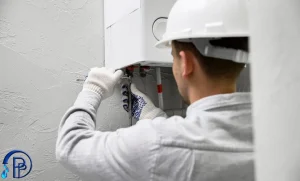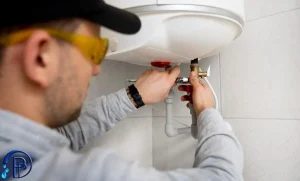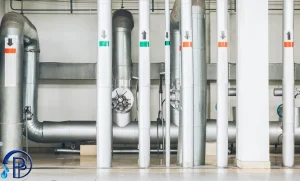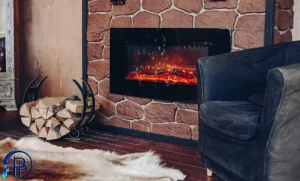
How Does A Furnace Work?
A furnace, also known as a heater, is a device that generates heat in a controlled manner through the combustion of a fuel source to produce thermal energy. This thermal energy is used to heat places such as rooms, buildings, or other structures. In addition, some furnaces are used in industrial and commercial settings to process certain materials. Furnaces are mostly used as major components of central heating systems, providing heat to interior spaces through intermediate fluid movement, which may be air, steam, or hot water. Electric resistance heating is used in some areas, especially where electricity costs are low or the primary purpose is for air conditioning. Modern furnaces can be up to 98% efficient and operate without a chimney, while a typical gas furnace is about 80%




